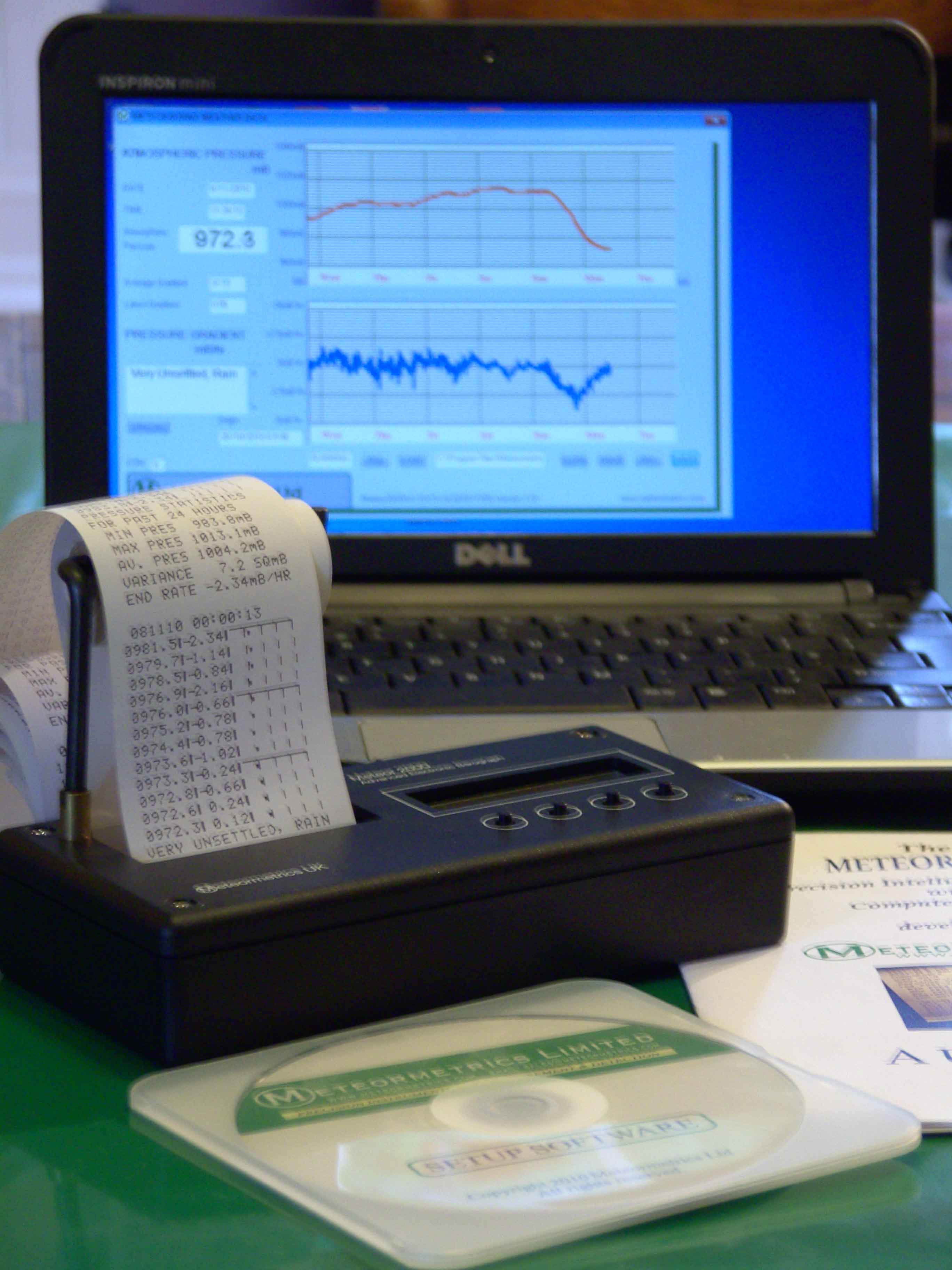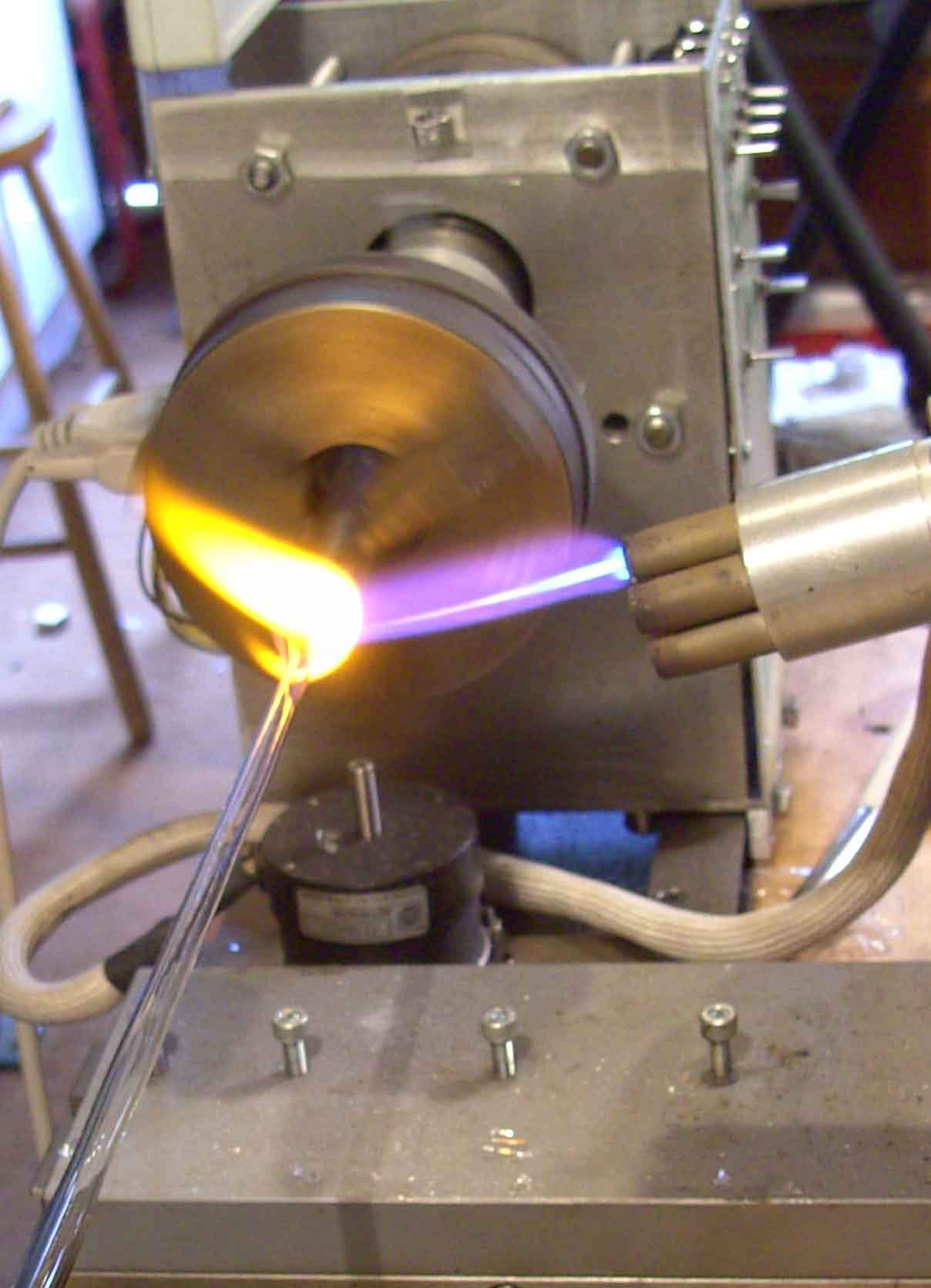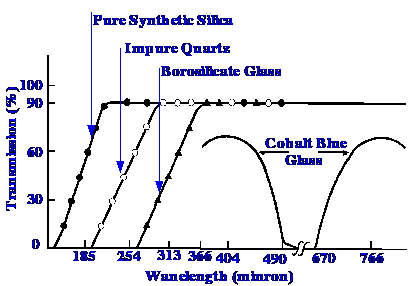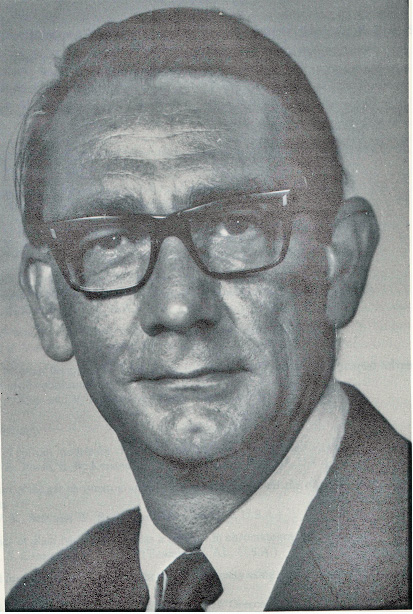ANALYTICAL SPECTROSCOPY
by Raymond P. W. Scott
D.Sc., F.R.S.C., C.Chem., C.Sci. F.A.I.C, F.C.S.
Essential Information for the Analytical Chemist

Specialising in custom-designed, precision scientific instruments, built, programmed and calibrated
to the most exacting standards. The range includes precision dataloging barographs,
with built-in statistical analysis, Barographic Transient Event Recorders
and computer-interfaced detectors and sensors
for environmental monitoring & process control.

A site dedicated to scientific techniques, experimental methods, &
investigative tools for the inventor, researcher
and laboratory pioneer. Articles on glassblowing, electronics, metalcasting, magnetic
measurements with new material added continually. Check it out!
www.drkfs.net
Optical Properties of Lens and Window Materials
A spectrometer
will, inevitably, employ a range of lenses and windows in its optical
system despite the alternative use of mirrors and gratings for
focusing and dispersion. These windows and lenses must be transparent
to the wavelength of the light being used. The three most common
materials used in the UV and Visible wavelength range for lenses and
windows are borosilicate glass (Pyrex), impure quartz, and very pure
synthetic silica (pure quartz). Pure silica glass can transmit light
down to a wavelength of about 150 micron but impure silica only
transmits down to about 200 micron. All three materials transmit
Visible radiation although borosilicate glass is normally used to
make coloured glass filters. The transmission curves for all three
glasses are shown in figure 21, which also includes the filter,
cobalt blue glass. The cobalt blue glass filter is and example of the
use of a filter to remove certain wavelengths and permit the
transmission of other of analytical interest. Cobalt blue glass will
not transmit the sodium lines from a flame but will transmit the
potassium lines. Thus, by the use of a cobalt blue filter, potassium
can be determined (or observed) in a flame in the presence of
excessive sodium . In practice, the human eye normally sees the red
line from potassium (570-590 nm) and not the violet line. It is seen
in figure 21 that the cobalt blue glass transmits the red line at
766-769 nm at about 75% transmission. Pure quartz and synthetic
silica transmit at lower wavelength because they do not contain
traces of aluminium. However, these materials are not used for
envelopes in short wave mercury lamps as they transmit the extremely
intense and dangerous line at 185 nm. As a consequence, impure quartz
is usually employed for this purpose.


About the Author
RAYMOND PETER WILLIAM SCOTT was born on June 20 1924 in Erith, Kent, UK. He studied at the
University of London, obtaining his B.Sc. degree in 1946 and his D.Sc. degree in 1960.
After spending more than a decade at Benzole Producers, Ltd. Where he became head of
the Physical Chemistry Laboratory, he moved to Unilever Research Laboratories as
Manager of their Physical Chemistry department. In 1969 he became Director of Physical
Chemistry at Hoffmann-La Roche, Nutley, NJ, U.S.A. and subsequently accepted the position
of Director of the Applied Research Department at the Perkin-Elmer Corporation, Norwalk, CT, U.S.A.
In 1986 he became an independent consultant and was appointed Visiting Professor at Georgetown
University, Washington, DC, U.S.A. and at Berkbeck College of the University of London; in 1986
he retired but continues to write technical books dealing with various aspects of physical chemistry
and physical chemical techniques. Dr. Scott has authored or co-authored over 200 peer reviewed
scientific papers and authored, co-authored or edited over thirty books on various aspects of
physical and analytical chemistry. Dr. Scott was a founding member of the British chromatography
Society and received the American Chemical society Award in chromatography (1977), the
M. S. Tswett chromatography Medal (1978), the Tswett chromatography Medal U.S.S.R., (1979),
the A. J. P. Martin chromatography Award (1982) and the Royal Society of Chemistry Award in
Analysis and Instrumentation (1988).
Dr. Scott’s activities in gas chromatography started at the inception of the technique,
inventing the Heat of Combustion Detector (the precursor of the Flame Ionization Detector),
pioneered work on high sensitivity detectors, high efficiency columns and presented fundamental
treatments of the relationship between the theory and practice of the technique.
He established the viability of the moving bed continuous preparative gas chromatography,
examined both theoretically and experimentally those factors that controlled dispersion
in packed beds and helped establish the gas chromatograph as a process monitoring instrument.
Dr. Scott took and active part in the renaissance of liquid chromatography,
was involved in the development of high performance liquid chromatography and invented
the wire transport detector. He invented the liquid chromatography mass spectrometry
transport interface, introduced micro-bore liquid chromatography columns and used them
to provide columns of 750,000 theoretical plates and liquid chromatography separations
in less than a second.
Dr. Scott has always been a “hands-on” scientist with a remarkable record of accomplishments in chromatography ranging from hardware design to the development of fundamental theory. He has never shied away from questioning “conventional wisdom” and his original approach to problems has often produced significant breakthroughs.



